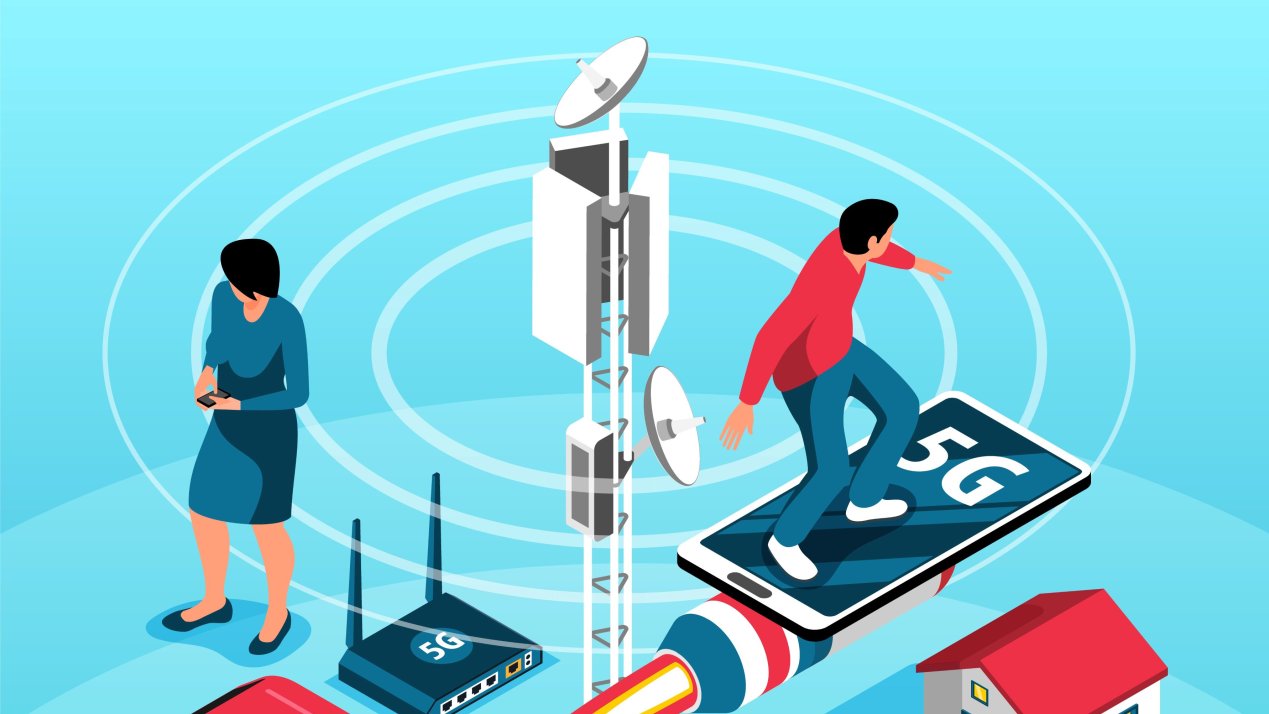
Satellite Internet Boosts Education in Disconnected Regions
Increased data demand and a persistent digital divide in Mexico have positioned satellite internet as key infrastructure for educational continuity in regions without terrestrial network access, reports Hughes. In response, technology providers are adjusting their service models to meet the specific needs of the education sector, recognizing its fundamental role in regional development.
The justification for this strategic focus lies in the country’s disparity in connectivity access. While national data consumption intensifies, a lack of infrastructure in certain areas prevents the benefits of digitalization from being equitable.
“At Hughes, we understand that education cannot wait for infrastructure to arrive. That is why, given the growth in data demand, we decided to adjust our plans so that more students, no matter where they live, can connect, learn, and build their future with the same opportunities anywhere in the country,” writes Marcos Duarte, General Manager, Hughes Mexico, in a press release. “Day by day we face realities where distance limits and divides, but our satellite internet is designed for the opposite: to multiply opportunities and add to the progress of Mexico.”
Data directly correlates internet access with academic performance. A study published in the scientific journal Comunicación Científica found that students who rated their internet connection as “good” or “neither good nor bad” reported academic averages between 90 and 95. In contrast, those with a “bad” connection had averages ranging from 80 to 84.
While internet penetration in households exceeds 85% in states like Mexico City and Nuevo Leon, the figure is less than 50% in states such as Chiapas, Oaxaca, and Guerrero. This structural digital divide is the main obstacle to equitable educational development in the country.
Faced with the technical or economic infeasibility of deploying fiber optic or cable networks in geographically complex or low-density population areas, satellite internet technology emerges as a viable solution. Its main competitive advantage lies in its independence from terrestrial infrastructure, which allows for service installation and activation in a matter of days in virtually any location.
This rapid deployment capability directly addresses the educational urgency. Implementing satellite internet services would enable students and teachers in isolated communities to access a digital ecosystem of resources that would otherwise be unavailable. This includes participation in learning management systems (LMS), attendance at virtual classes, downloading of updated educational materials, and development of digital skills, putting them on par with their peers in urban centers.
The market’s response to this need has been swift, leading companies like Hughes to renew commercial plans to offer a larger volume of data at the same cost. Looking ahead, the adoption of satellite connectivity in the education sector is expected to solidify as a priority for public policy and corporate strategy. According to Duarte, for government institutions, satellite connectivity represents a tangible tool to meet educational equity goals. For communities, it means integration into the knowledge economy. Ultimately, satellite connectivity is transcending its role as a niche technology to become a fundamental component of the infrastructure for social and economic development in Mexico.

